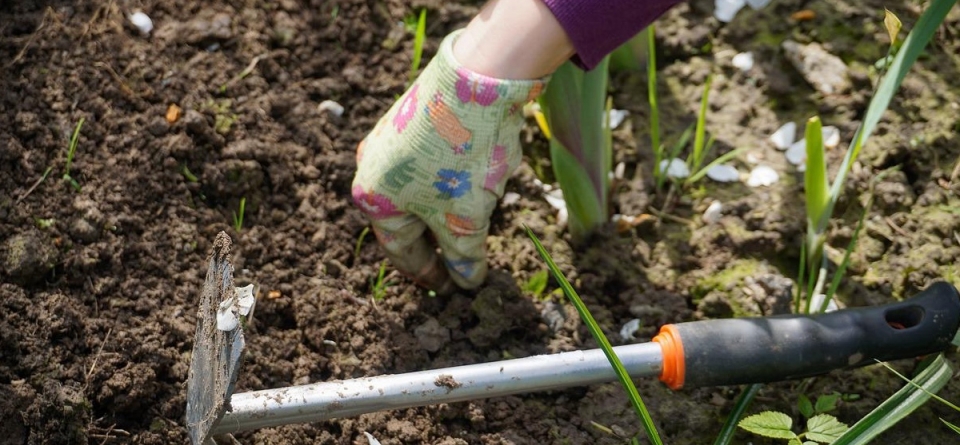Choose A Program
After reviewing the basic goals and style of a garden program, it is time to choose which style(s) you would like to incorporate into your garden program. Before making any decisions, it is imperative that you collect feedback from your community. If you are not aware of the wants and needs of the community, the garden program will not efficiently act as a tool for improving health. Listening to community voices and comparing this to the capacity of your organization to start a garden program will determine the form that the program will take. It is best to collect direct feedback from the community members to ensure your idea of a garden program is aligned with the ideals of the community. Identify how the primary garden goals we have discussed can apply to and overlap with their needs and desires.
Feedback can be collected through surveys, focus groups, or one-on-one interviews. We have included suggested questions to act as a guide for conducting interviews with community members. When adjusting the prompts to reflect the goals of your garden program, some points of inquiry to consider are:
- Who will the garden program serve?
- Is there a need or desire for a garden program?
- Does your organization have the capacity for multiple styles of gardening?
- Whom is the garden accessible to?
- What does the community want from a garden?
After collecting this data, you can go back through the main garden program goals and styles to pinpoint which method would be most effective in meeting the community’s needs.
Implementation Of Garden Team
Now that you have chosen the gardening style(s) you would like to incorporate into your garden program, it is important to assess your organization’s capacity to embark on its creation. In order to have a successful garden program, there must be an established leadership team in place. This team consists of three to five different members, each being responsible for a specific realm of duties. While your garden team may vary in size, it is important to have a lead point person as garden manager.
There is some variance in the specific operations within the different styles of gardening, but the responsibilities of the leadership team members follow a similar basic structure. This team responsibility consists of:
- Garden Management
- Funding and Resource Development
- Construction and Maintenance
- Communications
- Education (Demonstration Garden)
Review the responsibilities of each specific garden style below to determine if it is feasible for your organization to use the desired garden program model. If you determine that your organization does not have the capacity to facilitate the style of garden program you would like, refer back to the Choose section to reevaluate and choose a different style of gardening. If you determine that your organization does not currently have the capacity to facilitate the style of garden program you would like, but could create this capacity with external assistance, refer to Section 4: Construction and Dissemination for links to supporting organizations.
After dividing responsibilities among the team, the Garden Manager will lead a meeting to discuss the goals and styles, policies, and philosophies of the garden program. For every garden program, the leadership team must first complete the following:
- Determine official name and legal address of garden
- Acquire necessary permits for land use
- Purchase liability insurance
- Document official phone numbers and contact information for each member
| Garden Management |
|
| Funding and Resource Development |
|
| Construction and Maintenance |
|
| Communications |
|
| Garden Manager (Garden President) |
|
| Funding and Resource Development |
|
| Construction and Maintenance |
|
| Communication and Membership |
|
| Garden Management |
|
| Funding and Resource Development |
|
| Construction and Maintenance |
|
| Communication and Membership |
|
| Garden Education |
|
| Garden Management |
|
| Funding and Resource Development |
|
| Construction and Maintenance |
|
| Communications |
|
Resources For First Steps
- City of Austin: Community Gardens Program Document
- Texas A&M's Starting A Community Garden
- Sustainable Food Center has information on hosting your first meeting, garden plans, leadership training material, agenda guides, permit help, organization and more.







